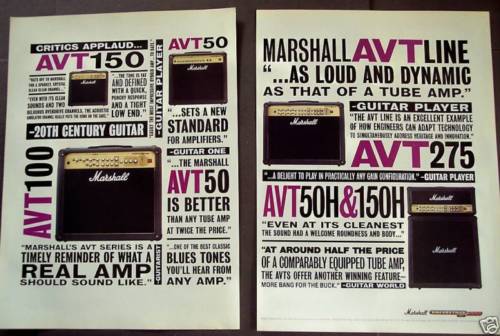Sidewinder
Member
In my experience the fans don't stop because of a electrical related problem. The bushings wear out because the stock fans are not ball bearing. You'll hear the fan making a winding noise if this starts. If the winding noise stops, it my be not turning at all.
Here is a link to a photo of the fans in place on a chassis. You can see the twisted red and black leads that go to the board.
http://www.fearsomesound.com/images/New Folder (3)/Marshall AVT150H Chassis.JPG
Here is a link to a photo of the fans in place on a chassis. You can see the twisted red and black leads that go to the board.
http://www.fearsomesound.com/images/New Folder (3)/Marshall AVT150H Chassis.JPG







 to the forum...
to the forum...




